
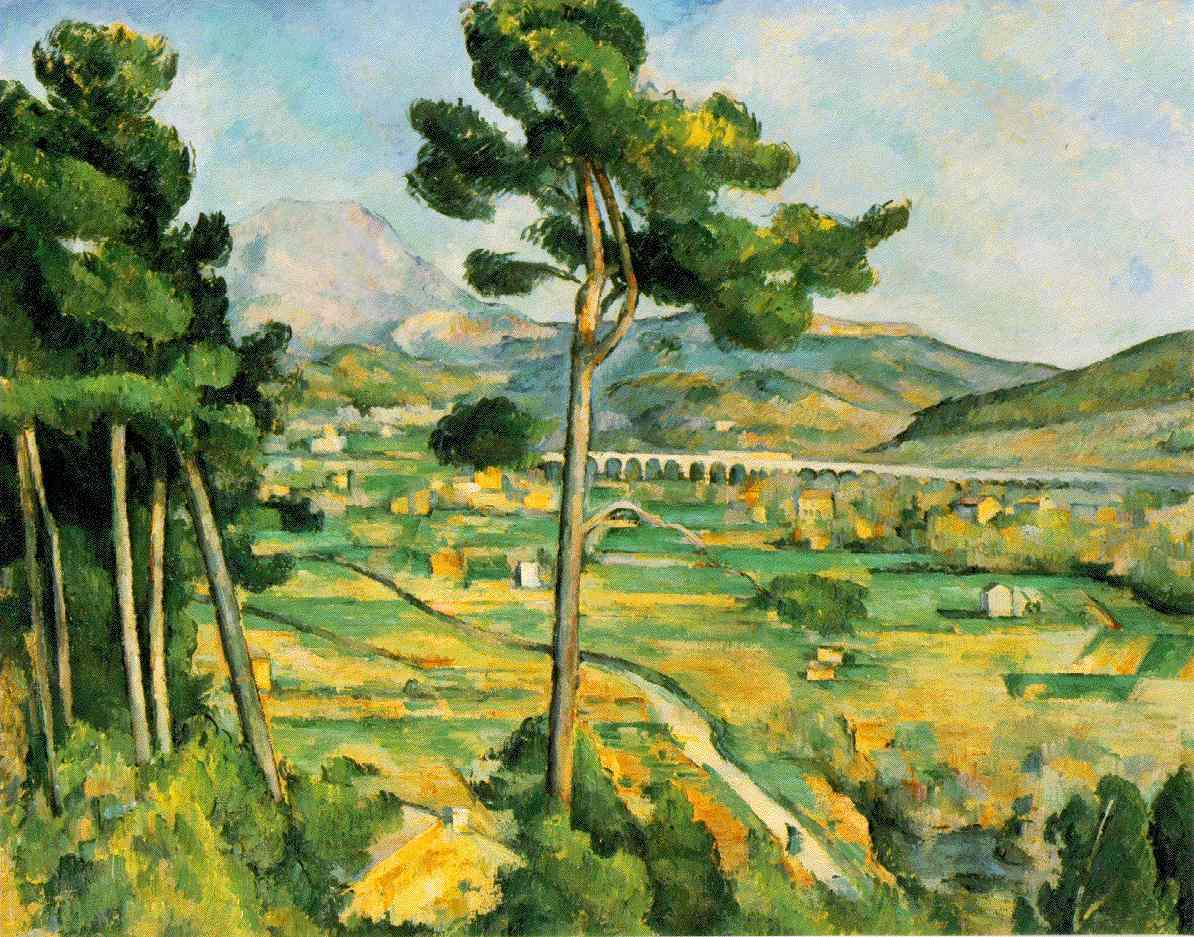 |
Art Principles of Art/Design Balance
Paul Cezanne - Mont Sainte-Victoire |
Site Map | Color - Element of Art/Design | Rhythm/Pattern - Principle of Art/Design | Emphasis - Principle of Art/Design | Andy Goldsworthy - Elements of Art/Design | Historical and Cultural Context | Quotes | Glossary | Graphic Organizers | Rules of Thumb | Co-Teachers - Doug and Melissa | Gallery
E-Mail Doug at mrdoug@aznet.net
Symmetry | Approximate Symmetry | Asymmetry | Radial Symmetry
To paint is not to copy the object slavishly, it is to grasp a harmony among many relationships. Paul Cezanne
Balance
1. a state of equilibrium or equipoise; equal distribution of weight, amount, etc. 2. something used to produce equilibrium; counterpoise. 3. mental steadiness or emotional stability; habit of calm behavior, judgment, etc. 4. a state of bodily equilibrium: He lost his balance and fell down the stairs. 5. an instrument for determining weight, typically by the equilibrium of a bar with a fulcrum at the center, from each end of which is suspended a scale or pan, one holding an object of known weight, and the other holding he object to be weighed. 13. Fine Arts. composition or placement of elements of design, as figures, forms, or colors, in such a manner as to produce an aesthetically pleasing or harmoniously integrated whole. [Websters's Encyclopedic Unabridged Dictionary of the English Language, Thunder Bay Press, San Diego, CA 2001, p 157]
1. the correspondence in size, form, and arrangement of parts on opposite sides of a plane, line, or point; regularity of form or arrangement in terms of like, reciprocal, or corresponding parts. 2. the proper or due proportion of the parts of a body or whole to one another with regard to size and form; excellence of proportion. [Websters's Encyclopedic Unabridged Dictionary of the English Language, Thunder Bay Press, San Diego, CA 2001, p 1926]

Mark Rothko
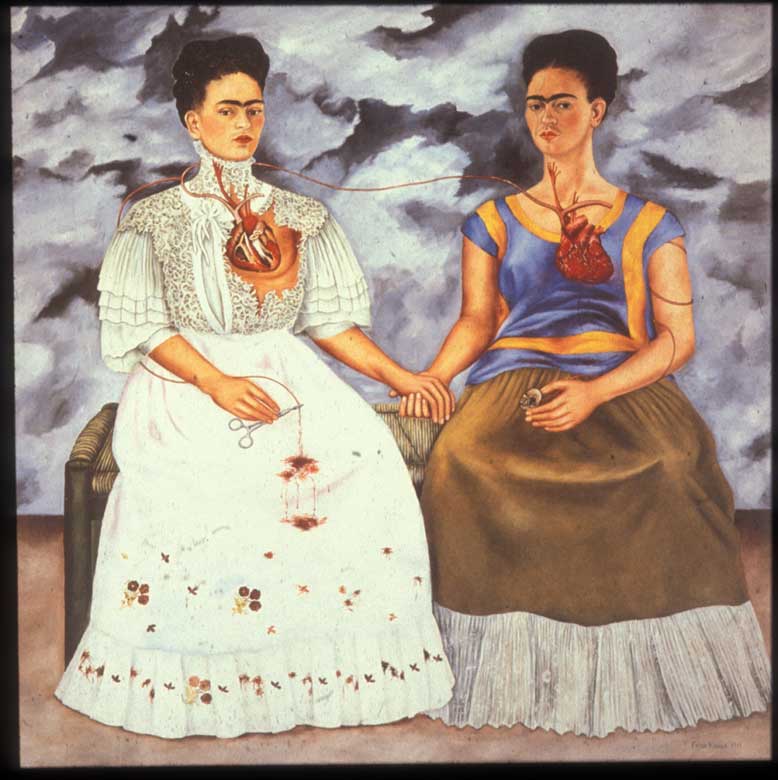
Frida Kahlo
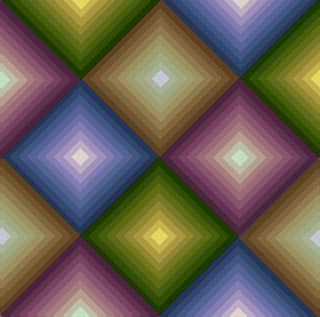
Victor Vasarely
Symmetrical balance is also called formal balance because a form (formula) is used -- a mirror image about a vertical axis. The results look formal, organized and orderly. http://daphne.palomar.edu/design/bsymm
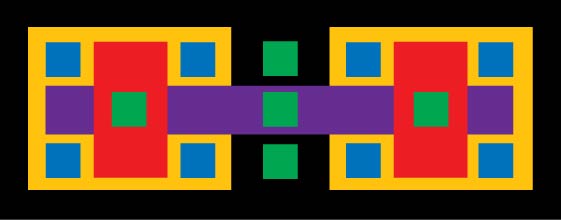
Doug
Be aware that in evaluating works of art, the symmetry does NOT have to illustrate an exact mirror image.
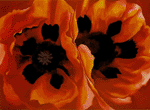
Georgia O'Keeffe
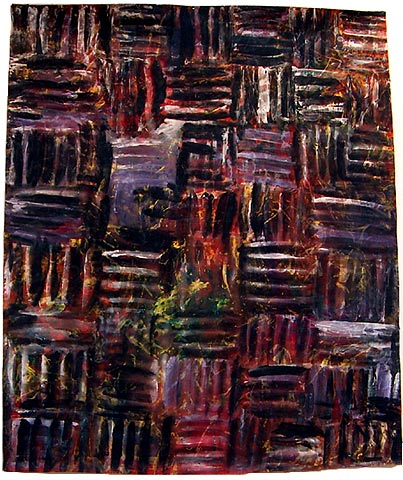
C. Morey de Morand
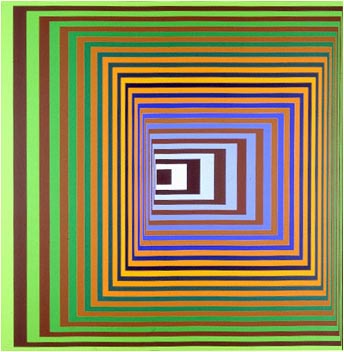
Victor Vasarely
Based on symmetry but the two halves are not exactly the same. Slight variations will probably not change the balance. http://daphne.palomar.edu/design/bsymm.html

Jean-Michel Basquiat
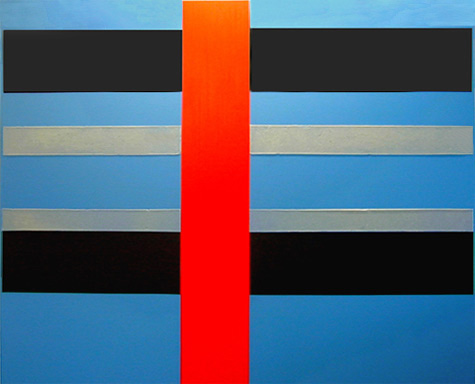
C. Morey de Morand
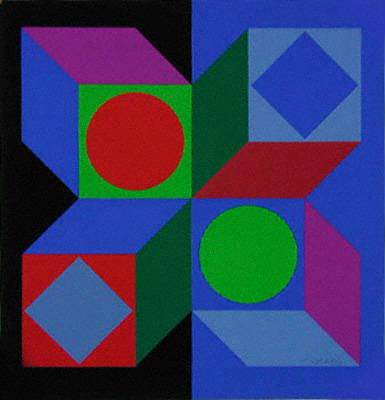
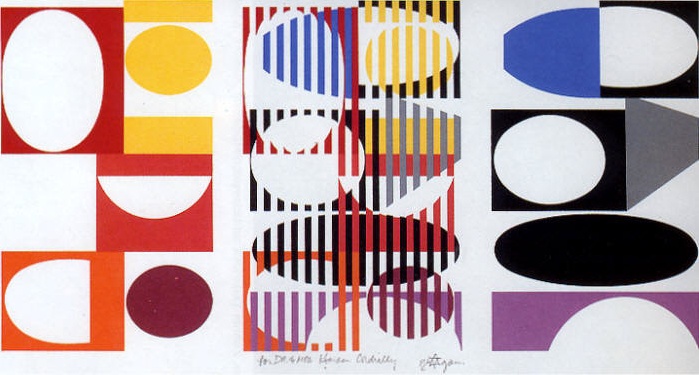
Yaakov Agam
Near symmetry is more versatile than pure symmetry.
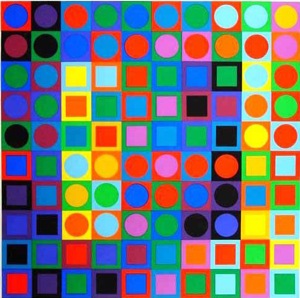
Victor Vasarely
1. not identical on both sides of a central line; unsymmetrical; lacking symmetry: Most faces are asymmetric. [Websters's Encyclopedic Unabridged Dictionary of the English Language, Thunder Bay Press, San Diego, CA 2001, p 129]
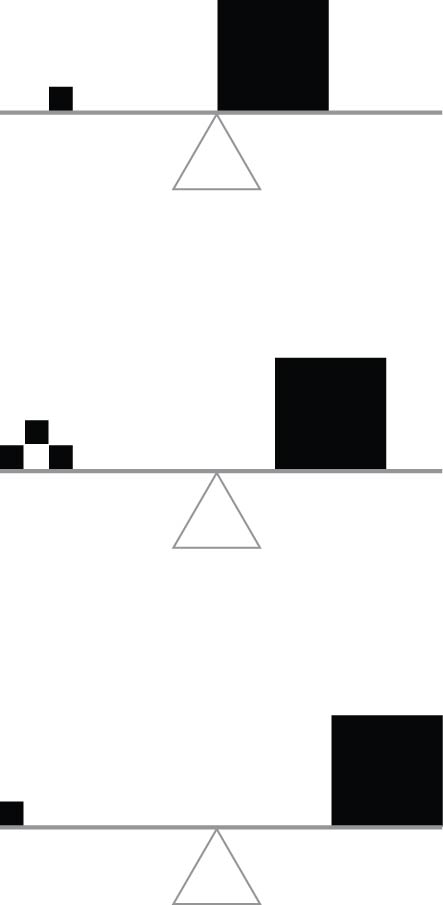
When the left and right sides of the design are unequal it is said to have asymmetrical balance. http://desktoppub.about.com/od/designprinciples/g/asymmetrical
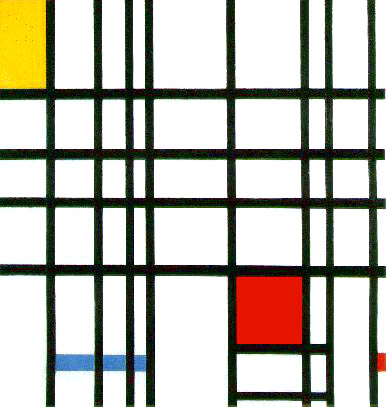
Piet Modrian
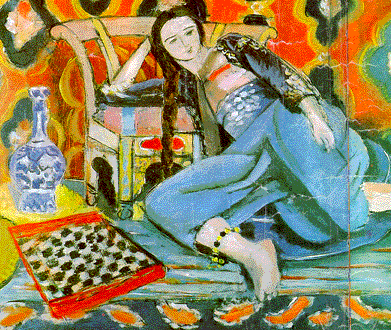
Henri Matisse
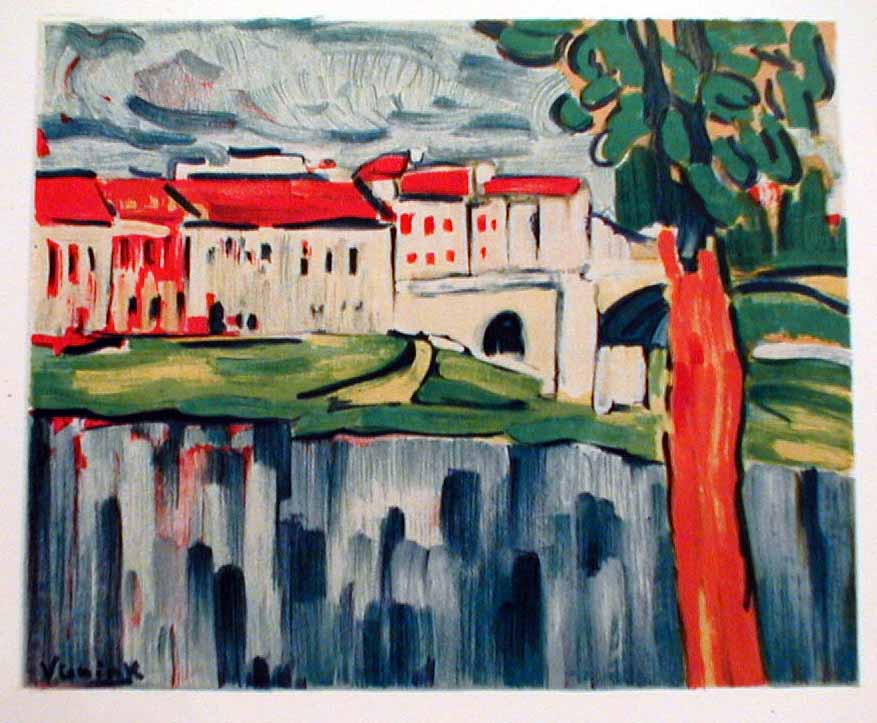
Maurice de Vlaminck
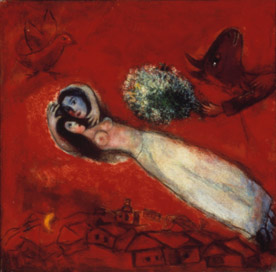
Marc Chagall
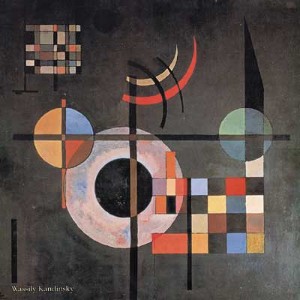
Wassily Kandisky
Lines and shapes are mirrored both vertically and horizontally, with the center of the composition acting as a focal point.
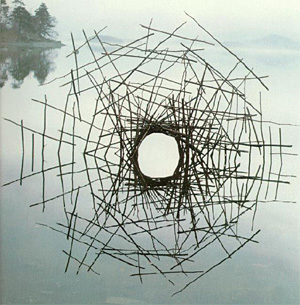
Andy Goldsworthy
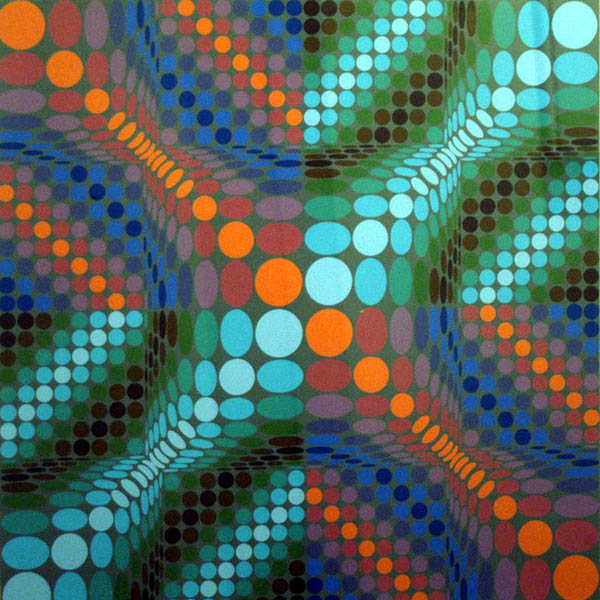
Victor Vasarely

Frank Stella
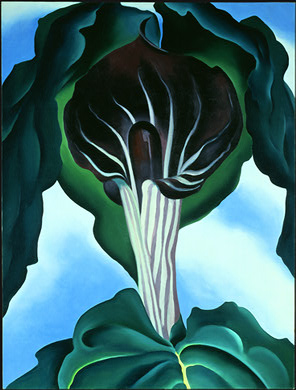
Georgia O'Keeffe
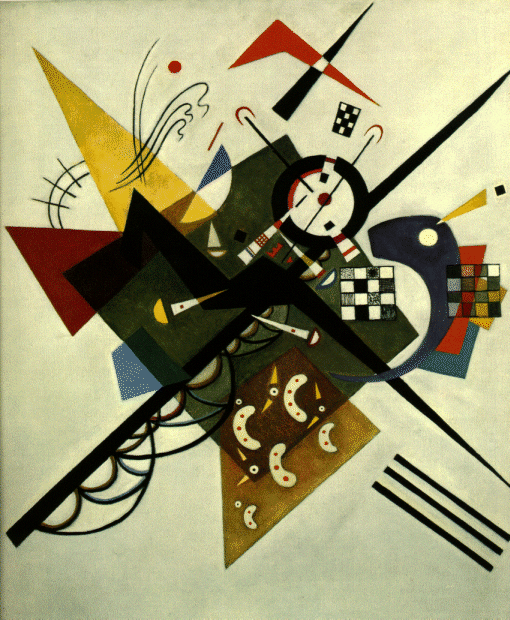
Wassily Kandinsky
|
|
Melissa and I would like to |